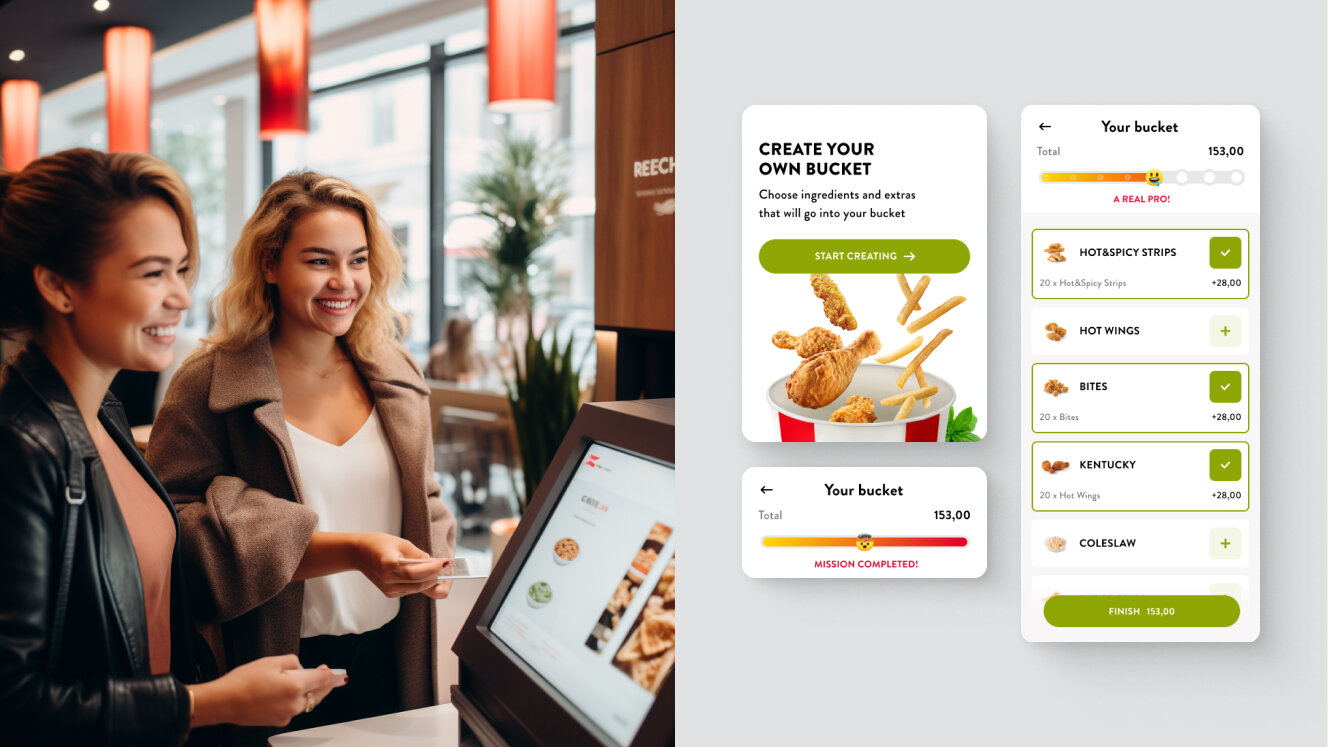
Kamil Tatol
-
Nov 02, 2023
-
2 min read
What is CX?
CX, or Customer Experience, is a holistic approach encompassing all customer interactions with a brand or company. It examines every situation in which individuals can contact a brand. This includes their initial impression as digital guests and their interaction with specific marketing materials. It also encompasses the period after they make a purchase in a digital store and the ongoing assistance they receive.
CX focuses on creating positive emotional connections between customers and the brand while maintaining their attention. It considers the customer's journey, aiming to build trust, loyalty, and satisfaction towards the organisation or on a bigger scale — market and industry.
What is UX?
UX or User Experience is a component of CX, but it specifically pertains to the interaction between users and a product or service, typically in the digital realm. User Experience design is concerned with making products or services enjoyable, efficient, and user-friendly. We talked a little about it in our article on UX design and the one where we dived into the differences between UX and UI design.
It involves aspects such as usability, accessibility, and the overall design of interfaces, like button placement, animation effects, colour schemes, and interactive elements. Efficient UX enhances the pleasure of navigating the digital realm by reducing on-screen clutter and presenting only the necessary data precisely where the user anticipates it.
UX designers try to see a digital service from its user's viewpoint to make it the most intuitive. It sometimes requires a comprehensive solution, like transforming the whole look or type of the website.
Customer Experience vs User Experience – the key difference
The primary difference between Customer and User Experience lies in their scope. The first is broad and covers every client interaction with a brand, both online and offline. Conversely, UX is a subset of CX and focuses exclusively on the user's experience with a specific product or service. It mainly focuses on digital products such as apps, websites, web applications, etc.
For example, imagine you're booking a flight online. The entire experience falls under CX, from searching for flights, selecting seats, making payments, and receiving post-travel support. However, the ease of finding and booking the flight, the intuitiveness of functions on the website, and the smoothness of the transaction are aspects of UX. If you can easily find all the information on the airline website, that's also a sign of quality UX.
The evolution of UX and CX
Both User and Customer Experience have evolved significantly over the years. Initially, they were often considered separately, but growing businesses have realised they are interdependent categories. A seamless UX contributes positively to CX, as a well-designed product or service can enhance a customer's overall perception of a brand. This approach is more common nowadays, with tech giants like Google and Facebook promoting content that is more engaging and natural to interact with.
The digital revolution has also played a crucial role in the evolution of Customer and User Experience. With the rise of e-commerce, mobile apps, and social media, businesses now have more touchpoints than ever to connect with their target audience. This is also why the future of UX looks more promising than ever, which Łukasz explain in another article. Effectively using them can enhance the company's growth and help it to create communities around its brands.
Therefore, the need to provide exceptional Customer and User Experience has become increasingly important. Additionally, most customers use many devices to stay connected with their favourite brands, which modern companies need to account for.
UX and CX in practice
In practice, User and Customer Experience professionals work collaboratively but focus on different aspects. Professionals in the first field might analyse customer feedback, conduct market research, and develop strategies to improve brand perception and communication capabilities.
On the other hand, User Experience designers create seamless and user-friendly interfaces, optimise the flow of interactions, and enhance the usability of digital products. Individuals working in both groups are often seen as partners, mapping the processes together and sharing knowledge and resources to increase the overall digital performance of a brand.
Businesses must recognise that User and Customer Experience are separate but interconnected. When the UX is bad, it can make the CX worse. Frustrated users may think poorly of the brand when they have slimmer chances of achieving their goals on a platform.
How do UX and CX work together?
Successful businesses recognise that CX and UX are two sides of the same coin. To provide exceptional customer experiences, they must intertwine these disciplines. For instance:
- Consistency: A consistent user interface and experience across multiple digital touchpoints contribute to a cohesive CX. This is especially true in the case of maintaining a consistent tone of voice across all the brand's digital products.
- User-Centred Design: A user-centred approach in UX design ensures that products or services align with customer expectations, enhancing overall CX. The ease of access reduces the number of support tickets the clients issue and smooths their overall experience.
- Data-Driven Insights: User and Customer Experience benefit from data analysis (done mainly by cloud computing technology). Feedback from user interactions can inform improvements at both the product and brand level.
- Personalisation: Tailoring user experiences based on customer data and their preferences can significantly enhance CX and UX by providing relevant content and recommendations.
In essence, while CX manages the broader customer journey, UX focuses on creating positive interactions within that journey.
Summary
Understanding the difference between User and Customer Experience is critical in the ever-evolving digital business landscape. The first covers all customer activities with a brand. The latter focuses on the user's experience with a specific product or service.
However, the two have an intricate link, as a seamless UX positively contributes to overall CX. To succeed in the competitive market, businesses must prioritise both Customer and User Experience and work to integrate them harmoniously.
FAQ
How do UX and CX differ from each other?
Customer Experience is a broader concept that covers all interactions a person has with a brand, including offline interactions. UX is a part of CX that concentrates on how enjoyable it feels for users to use a product or service, primarily online.
Can a product have good UX but bad CX?
Yes, it is possible. A product can offer an advanced user experience (UX) with its usability and design. Still, if the broader customer journey (CX) involving marketing, support, and other touchpoints is negative, it can result in a bad overall customer experience. Even the most clearly written, intuitive, and accessible services won't matter if the brand's reputation is terrible.
How does improving UX impact CX?
Improving UX can have a positive impact on CX. When a product or service is user-friendly, efficient, and enjoyable to use, it contributes to a more positive overall customer experience. A well-designed UX can increase customer satisfaction, loyalty, and positive brand perception. Omitting it can stop potential clients from using the brand products, as without a well-thought UX, it becomes more complicated.



















